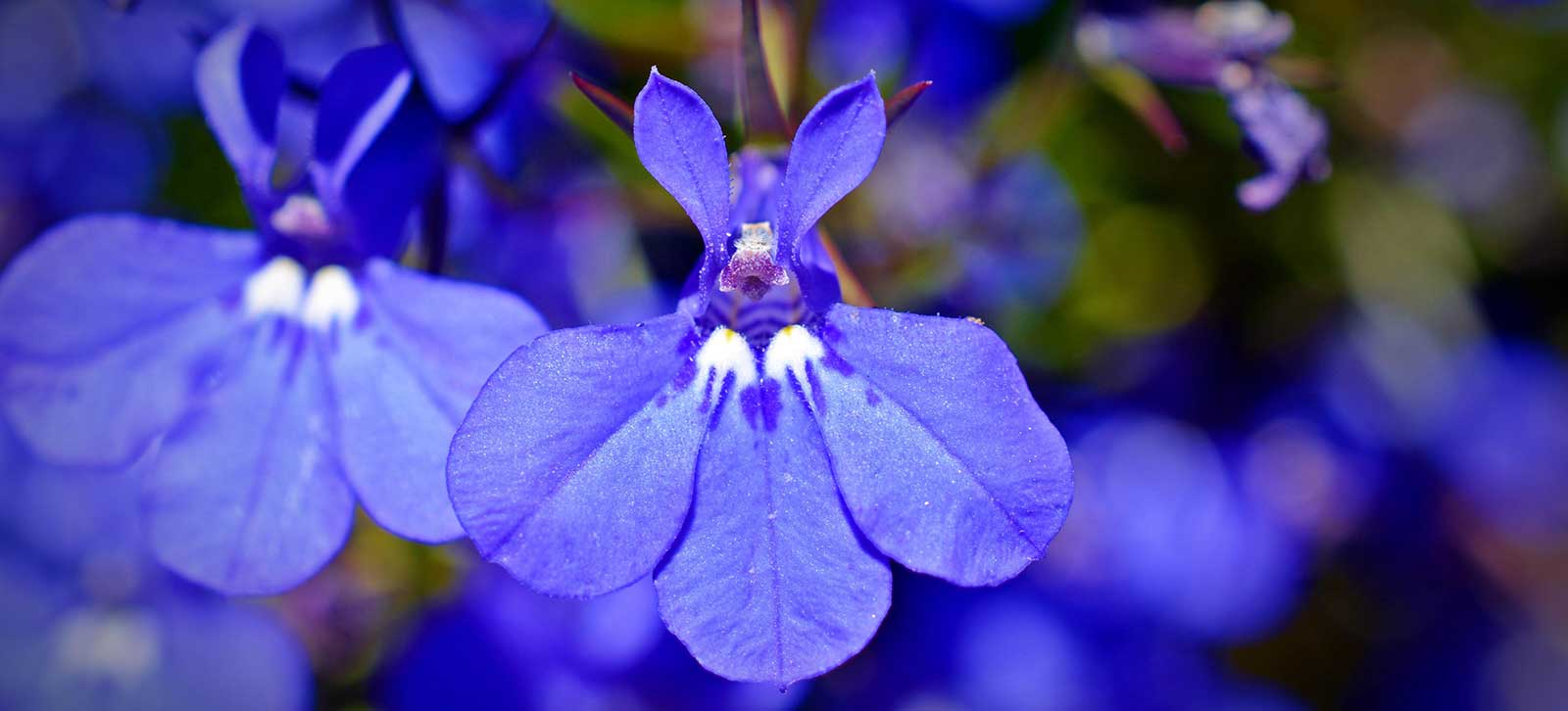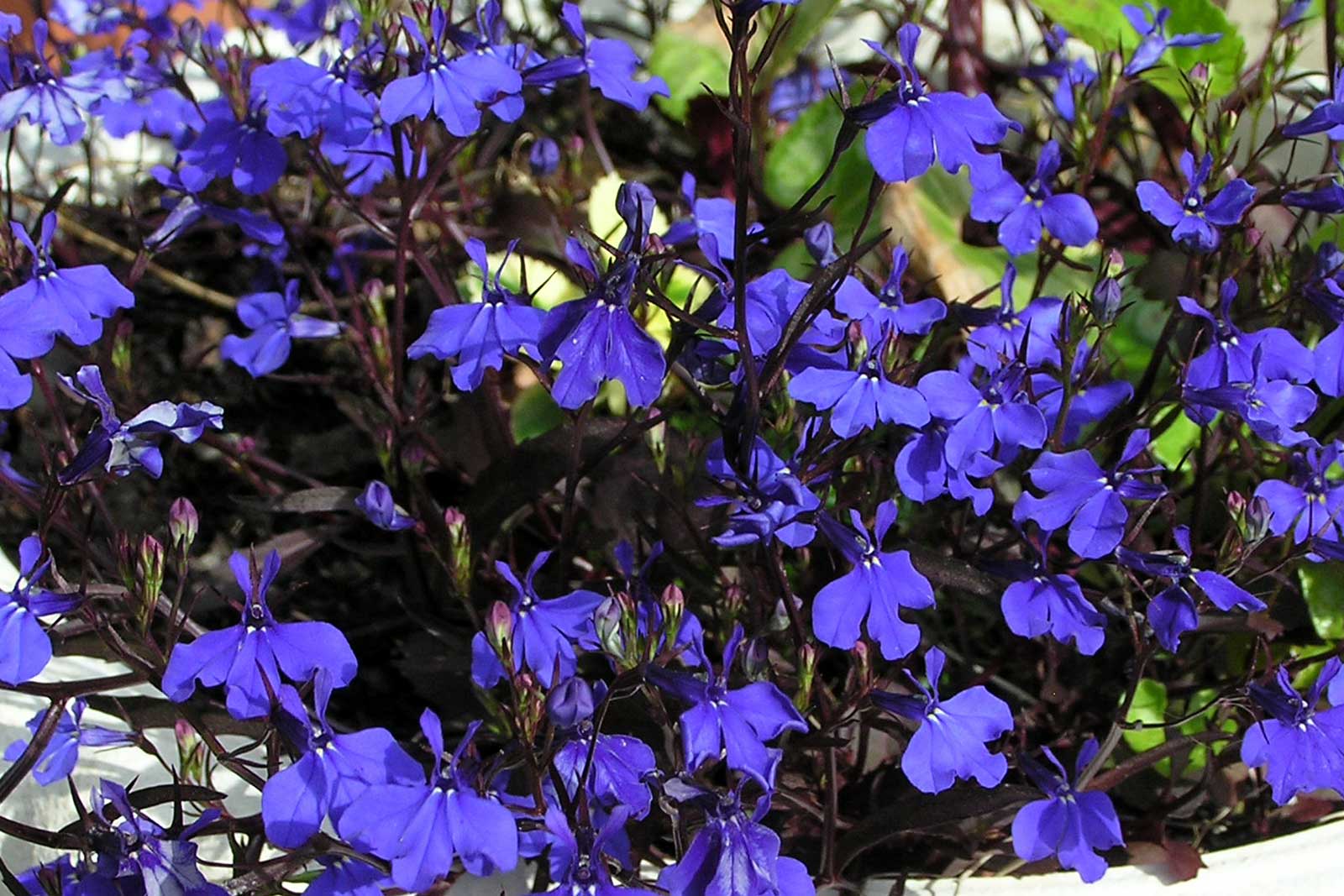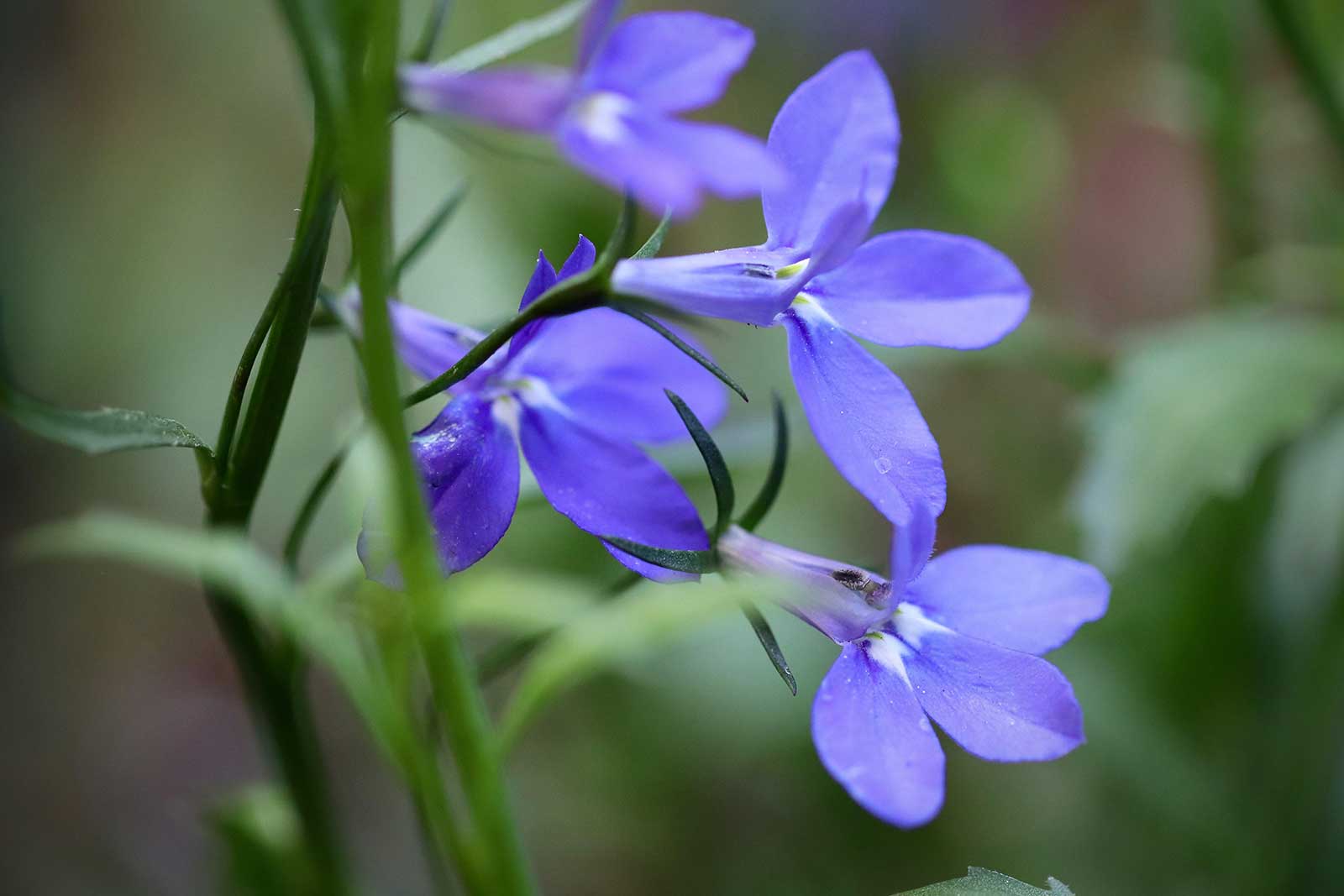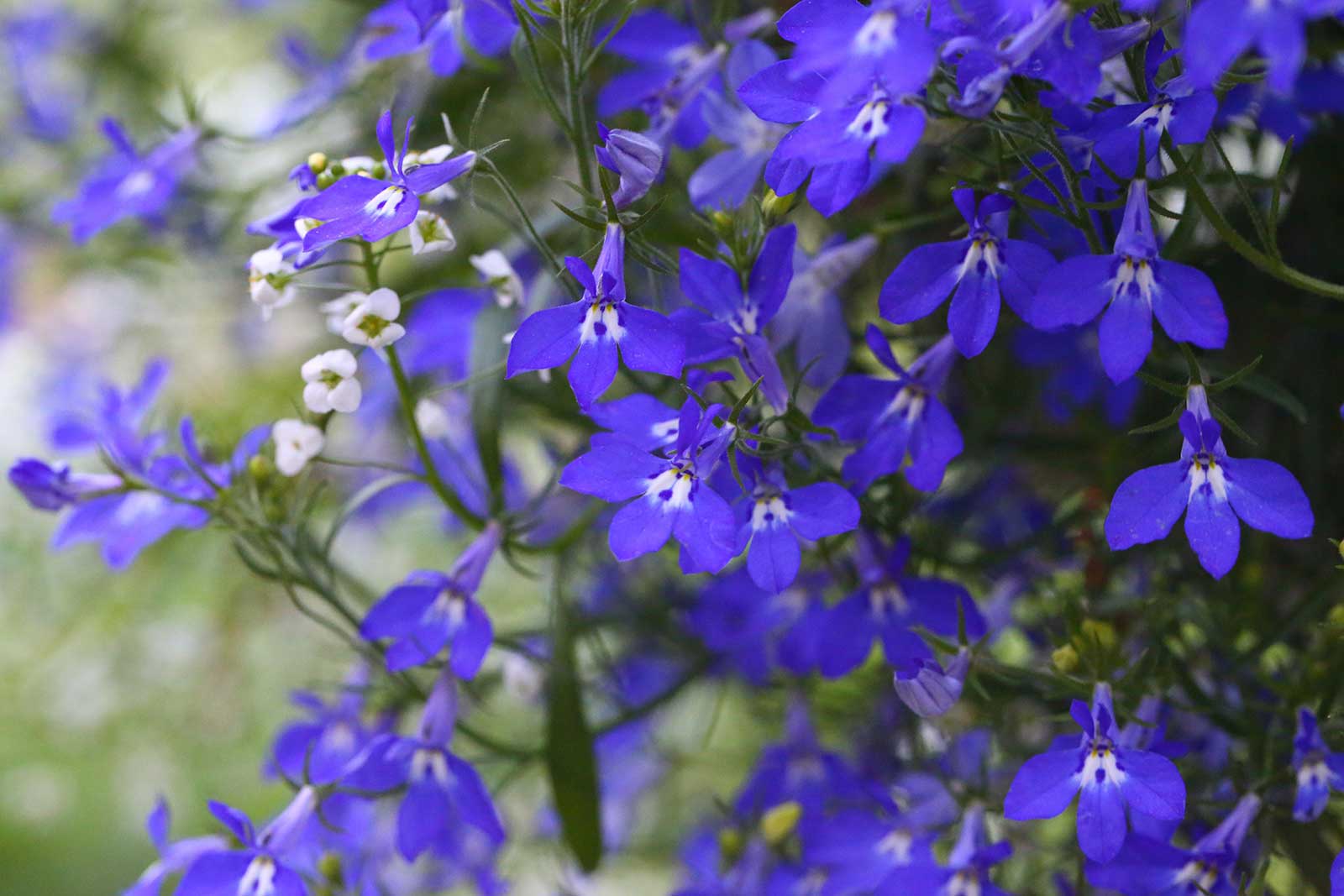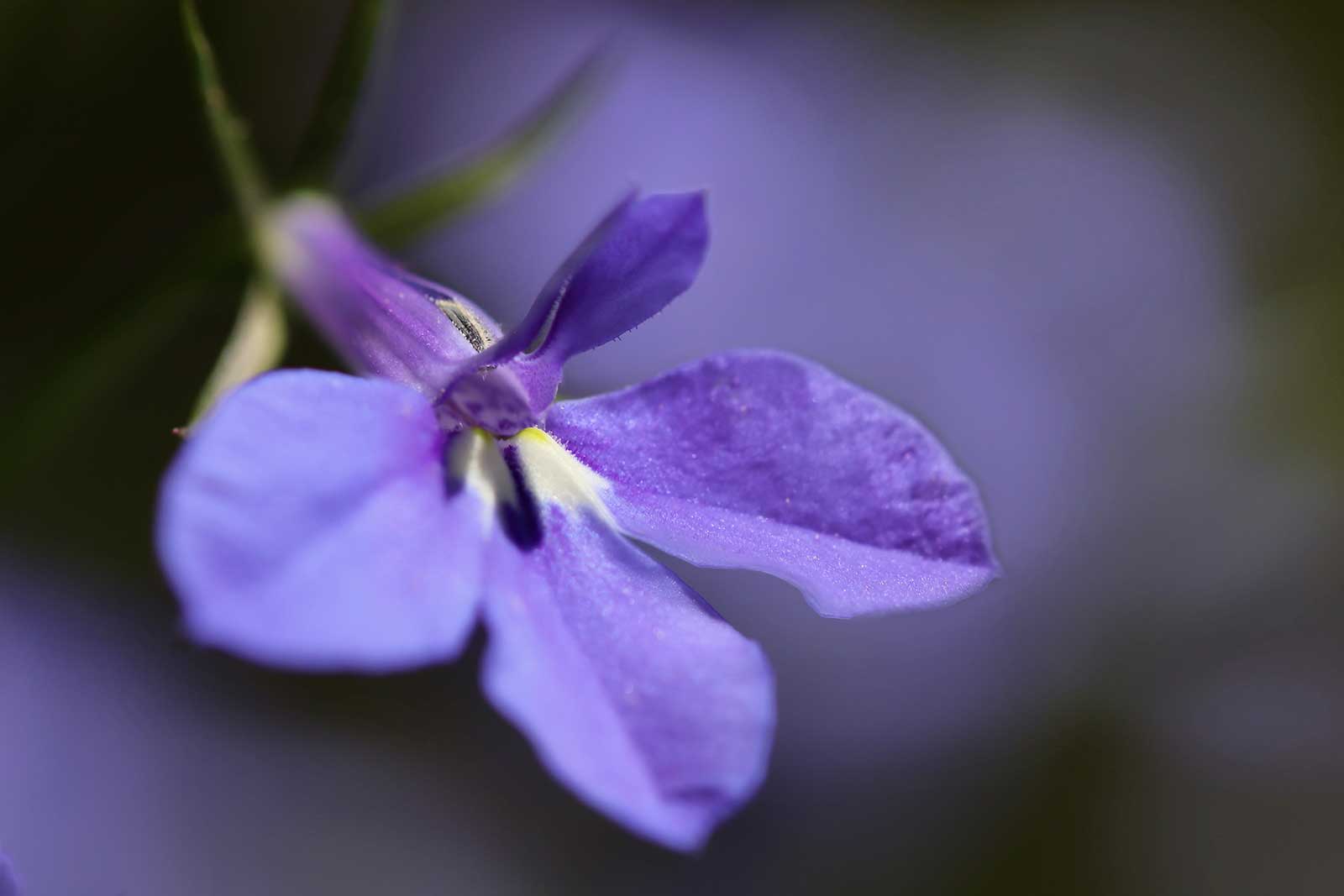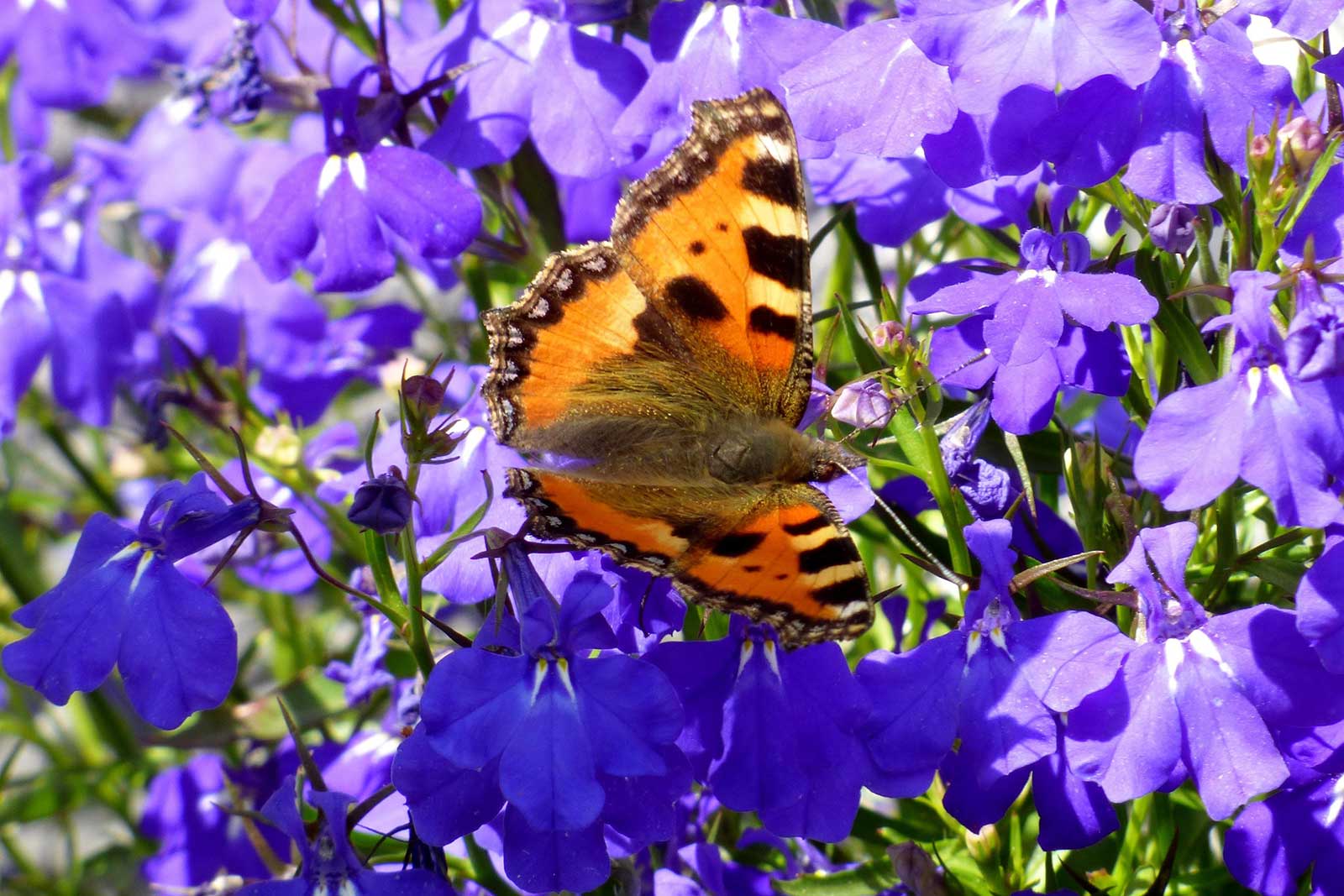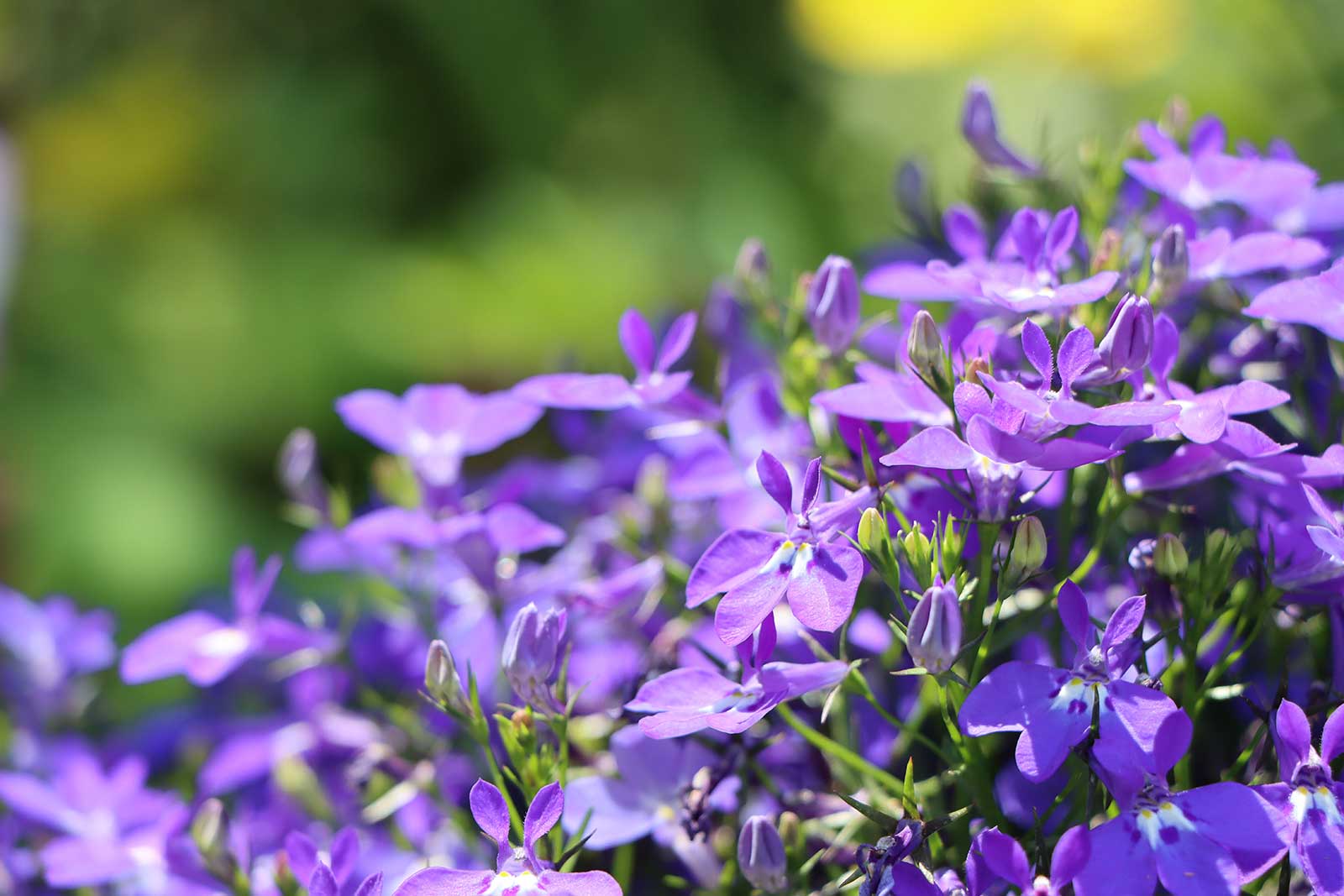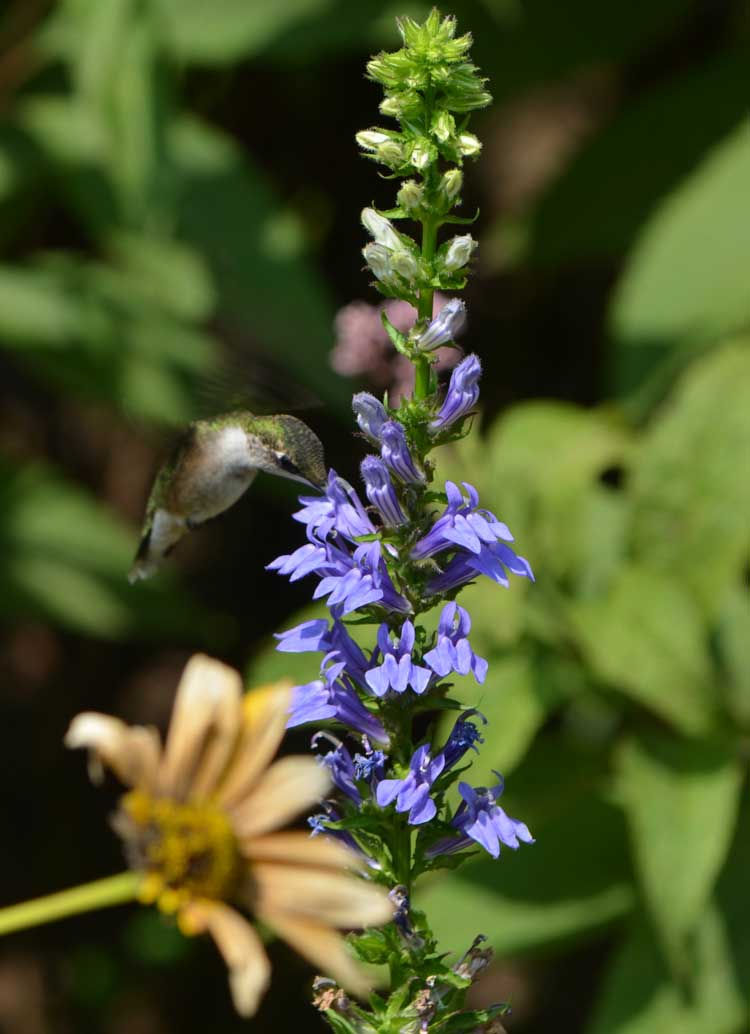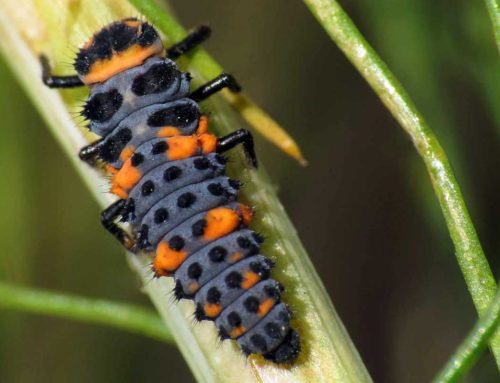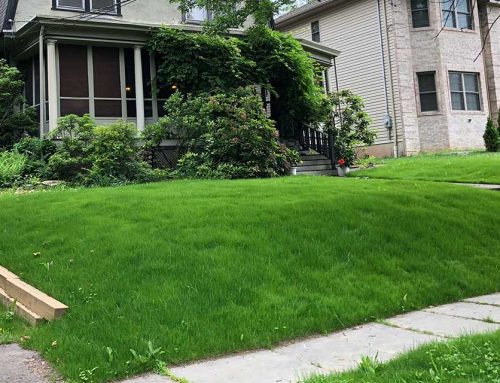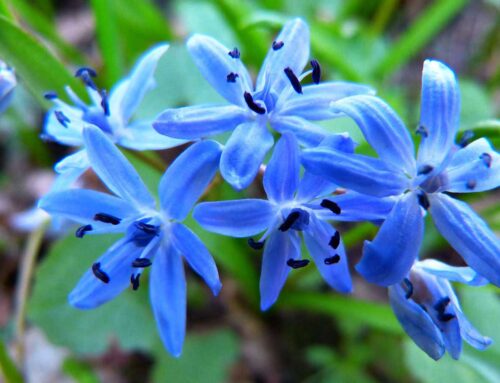Great Blue Lobelia
Sustainable Landscaping With Native Plants
“The ecosystems that determine the earth’s ability to support us are run by the plants and animals around us. It is plants that generate oxygen and clean water, that create topsoil out of rock, and that buffer extreme weather events like droughts and floods. It is insect decomposers that drive the nutrient cycles on earth, allowing each new generation of plants and animals to exist. It is pollinators that are essential to the continued existence of 80 % of all plants and 90% of all flowering plants, and it is birds and mammals that disperse the seeds of those plants and provide them with pest control services. And now, with human-induced climate change threatening the planet, it is plants that will suck much of that excess carbon out of the air, build their tissues with it, and pump the surplus into the soil for long-term storage – if we would only put them back into our landscapes.”
Campanulaceae
Lobelia siphilitica L.
Great Blue Lobelia
Great Blue Lobelia forms a flower spike covered in deep blue flowers from late summer to early fall. The erect, 2-3 ft., stems produce lavender-blue, tubular flowers crowded together on the upper stem. Showy, bright blue flowers are in the axils of leafy bracts and form an elongated cluster on a leafy stem. Each flower is split into two lips – the upper lip has two segments and the lower lip has three.
It can form colonies when happily sited in medium to wet soils in light shade, but is not overly aggressive. Combine Blue Lobelia with Cardinal Flower for a stunning color combo that will bring in the hummingbirds. This blue counterpart of the Cardinal Flower (Lobelia cardinalis) is a most desirable plant for woodland gardens especially since it blooms bright blue in late summer.
At Lincoln Landscaping cultivating the environment is our life and livelihood. It is our number one goal to help our clients create and maintain beautiful landscapes while reducing the impact on the environment. Whether you are interested in a pollinator landscape garden design and build or other landscaping or property management project; we can create for you an environmentally friendly, organic and beautiful property.
Lincoln Landscaping of Franklin Lakes offers complete
organic landscaping, lawn care, turf and property management services.
Lincoln Landscaping “The Natural Choice”
Mike Kolenut President & CEO
https://lincolnlandscapinginc.com
(201) 848-9699

